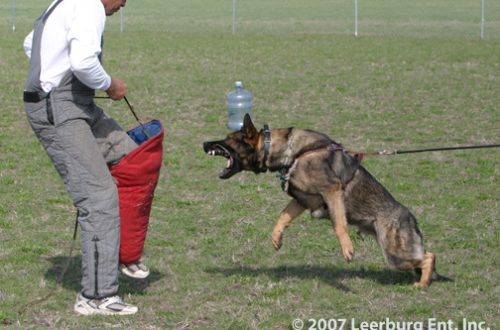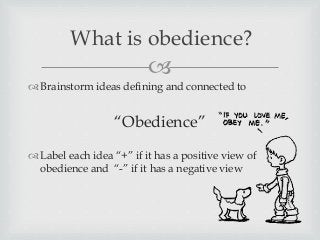
How to learn to understand the language of dogs?
How to study? For example, read one or more books about the “language of dogs.” Enough of them have already been published in Russian translation: “How to talk with a dog” (S. Koren); What Your Dog Wants: Canine Sign Language. Secrets of the Language of the Dog “(V. Gorodetsky); How to understand a dog. Learn to speak the language of your best friend” (D. Fennel); “Decipher your dog’s language. Poses, barking, marks…” (V. Dramar); “Barking – what do dogs talk about” (T. Rugos); “Dialogue with dogs: signals of reconciliation” (T. Rugos).
And somehow, after listing such a list of books on the “language of dogs,” it’s embarrassing to answer with a couple of phrases. And it may not work at all. How can you tell in a nutshell about what Stanley Coren (by the way, a professor of psychology) wrote on 390 pages of his book How to Talk to a Dog?
On the other hand, the existence of books about the “language of dogs” somehow by default implies the existence of this very language. After all, you can’t write thick books about what doesn’t exist?

Have you ever wondered what kind of animal is our domestic, namely domestic, master, family dog? That dog that lives in an apartment and a house? If you think about it, this is not a trembling dog at all, but a proud “dog-man”. And old Bulgakov was right with his “Heart of a Dog”! Oh how right!
Remember: out of his, say, 10 years of life, our dog spends only 3-4 months in the dog world, and then lives, communicates and interacts with people for the rest of his life. She does not have time to become a dog, she does not learn the mechanism of exchanging information with other dogs, because she does not interact with them. Our dog adapts and adapts to us, rebuilds itself for us, participating in the formation of a human-canine language – channels of information between itself and a person. And by and large, our Labrador has nothing to talk about with other dogs and there is no need.
Comrades who write about dog language begin to dance from the wolf as from a stove. Like, a wolf is a highly socialized creature, capable of carrying out cooperative (that is, joint with its fellow tribesmen) activities, such as: joint rearing of offspring, collective hunting and collective defense of a common territory. To accomplish this, wolves must exchange information to coordinate their activities. And successfully, by the way, this information is exchanged with the help of facial expressions, pantomime, sound and olfactory signals. And the comrades who write about dog language are happy to cite pictures with wolves, whose ears are either forward or backward, the tail either sticks out with a stick, or is tucked under the belly, and the mouth is present with varying degrees of grin.

Recall that on the way from a free wolf to a bonded pet, dogs ceased to feed offspring together, the wolf family turned into a loose group of individuals. Dogs ceased to be hunters, but became pickers and scavengers, and their territorial behavior was simplified. Thus, what needed the language disappeared. There was nothing to talk about. And if the language has not disappeared, then it has become obscenely simplified. Like the famous Ellochka the cannibal. There are genetically inherited signals that correspond to this or that state and are not addressed to anyone, but simply corresponding to the physiological state: “I’m angry like a wolf”, “I’m scared of something”, “I want love”, “let’s play”. I’m talking about inter-dog dog language.
However, simultaneously with the simplification of the wolf to the dog, the same domestication took place – in other words, humanization. There was even such a thing as co-envolution – the joint historical development of a dog and a man. Dogs were selected not for their ability to understand another dog, but for their ability to understand a person. And the man left next to him those dogs who understood him better. And by the way, modern research shows that domestic dogs understand human signals better than great apes. This I mean that in parallel with the degradation of the inter-dog dialect of the dog language, the dog-human dialect developed and strengthened. With which I congratulate you.
And now let’s get back to those pictures of the wolf tongue, which is so easily transferred to dogs with the position of the ears, tail and other poses.

A wolf can understand a wolf, because a wolf is also a wolf in Africa! It is the same almost everywhere. Now imagine: a pug (boxer, boerboel, mastino-napoletano, etc.) and a German shepherd met on the street nose to nose. The shepherd, having read Stanley Coren, let’s pretend to be a wolf: he will spread his ears and move them back, and put his tail with a stick, and gracefully pull the corners of his mouth in a friendly smile (not to be confused with a grin!) And finally sum up the phrase with the position of the body. Maybe the pug will understand something, but he definitely won’t be able to answer: neither with his ears, nor with the muzzle of his face, nor with his tail, nor with the dashing position of the body. The pug did not come out with a muzzle to talk like a dog!
So decide for yourself whether dogs have a language or not.
But, in spite of everything, read a couple of books about dog language.
And in order to understand your dog, you need to carefully observe it. They understand us perfectly even without knowledge of the Russian language.





